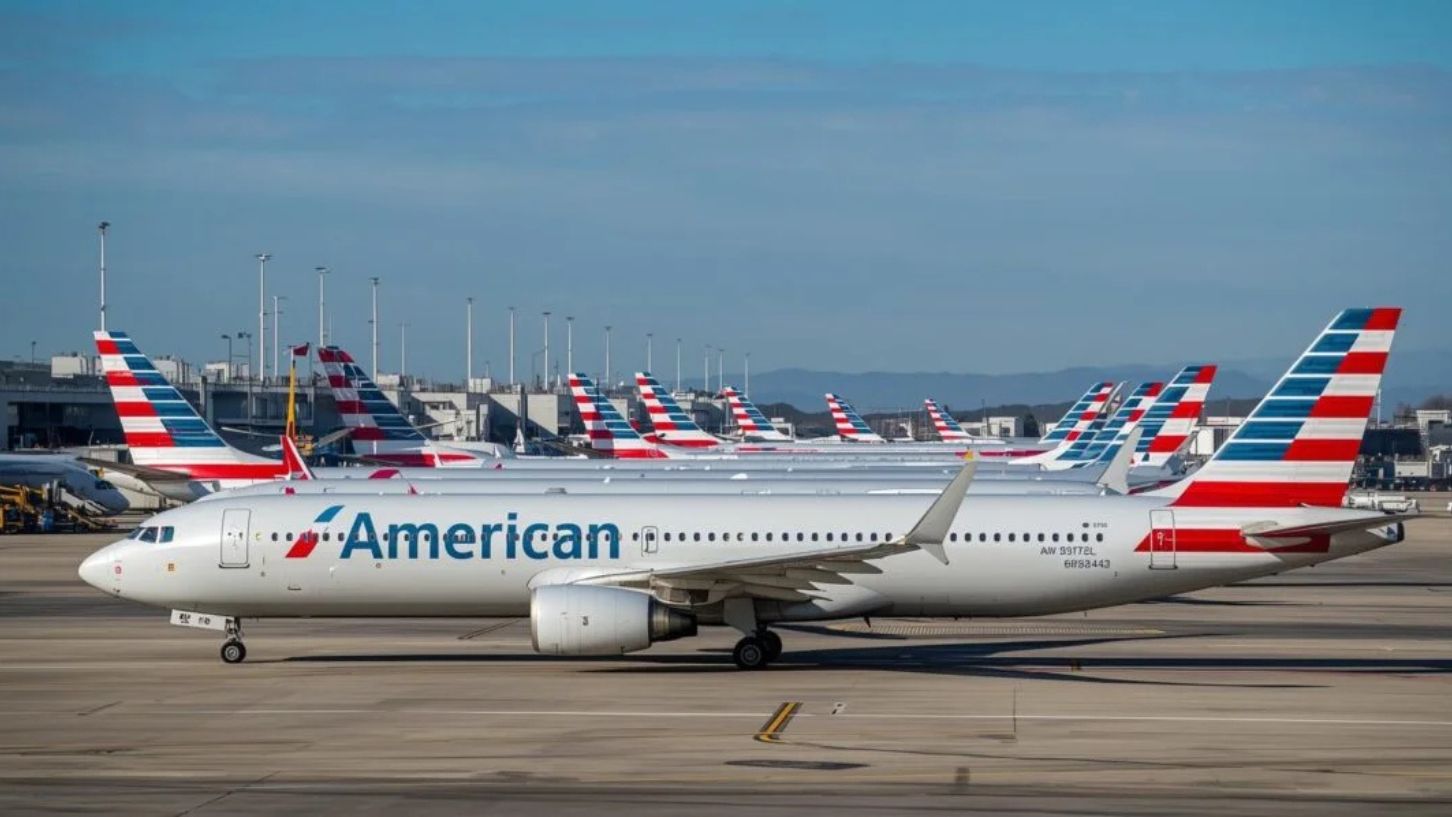Understanding the American Airlines Layoffs
American Airlines layoffs have recently caught the attention of travelers, employees, and industry experts. The airline announced plans to reduce its management and support staff, mainly at its Fort Worth, Texas headquarters. While this may sound like just another corporate decision, it reveals much about how major companies adapt to changing times, costs, and business demands.
According to the company, this move is part of a broader effort to “right-size for the work we do today.” In simple terms, that means American Airlines is reorganizing its teams to match its current workload and financial situation better. Like many big organizations, they hired more people during times of expansion, but now they’re shifting focus toward efficiency and long-term sustainability.
Even though the company did not share the exact number of employees who will be affected, the layoffs represent a significant strategic step. The decision reflects how airlines — and many large corporations — constantly have to balance staffing costs, operational needs, and future growth goals.
These American Airlines layoffs show that the company wants to remain competitive and efficient in an industry still recovering from the aftereffects of the pandemic, rising operational costs, and economic uncertainty.
Why Are the American Airlines Layoffs Happening?
The airline industry is one of the most dynamic and challenging sectors in the world. It faces frequent changes due to fuel prices, labor costs, safety concerns, and customer expectations. For American Airlines, 2025 has been a year of balancing growth and cost control.
In recent months, American Airlines has dealt with multiple external challenges — from weather disruptions to staffing shortages and even tragic incidents that have affected its operations. These issues have contributed to a need to tighten operations and streamline processes.
For example, delays at airports like Dallas/Fort Worth International Airport have put pressure on the company to improve efficiency. Similarly, with increased competition from other airlines and fluctuating passenger demand, it becomes necessary to reduce overhead costs. The company’s decision to cut management and support staff aims to help it focus resources on its core business — flying passengers safely and efficiently.
This kind of restructuring isn’t unique to American Airlines. Many other companies across industries, including tech giants and automakers, have made similar moves in recent years. For instance, Google and Meta (Facebook) reduced workforce numbers in 2023–24 to focus on artificial intelligence and automation. The pattern is clear — companies are becoming leaner and more focused on productivity.
How the American Airlines Layoffs Affect Employees and the Industry
The Broader Impact of American Airlines Layoffs
For employees, the American Airlines layoffs bring uncertainty and change. Losing a job is never easy, and it often comes with financial stress and emotional strain. However, it’s also a reminder of how important it is to stay adaptable in today’s job market.
When large organizations restructure, employees in administrative, support, and management roles often face the most risk. These are the areas that can sometimes be automated or merged when a company aims to cut costs. However, the bright side is that American Airlines mentioned it would “continue investing in areas that support long-term business objectives.” This could include technology, customer experience, and sustainability — areas where new jobs may emerge.
For the airline industry as a whole, this move signals a push toward leaner and more efficient operations. Airlines are now using more data-driven systems, artificial intelligence, and automation to manage schedules, maintenance, and even customer service. As technology grows, some traditional roles may disappear, but new, more advanced positions are also being created.
An example can be seen in Delta Air Lines, which invested heavily in digital tools and automation after making staff reductions during the pandemic. While the company reduced some positions, it also created new tech and customer service roles to improve efficiency. American Airlines seems to be following a similar pattern.
Lessons We Can Learn from the American Airlines Layoffs
Every corporate layoff carries lessons for both workers and employers. The American Airlines layoffs are no exception.
For employees, one big takeaway is the need to keep learning. Industries evolve, and so must their people. If you work in a field that’s becoming more automated or tech-driven, consider upgrading your skills. For example, if you work in administration, you might learn data analysis, digital communication tools, or project management. These skills are valuable in almost every modern workplace.
For companies, the lesson is about clear communication and strategy. When businesses make tough decisions like layoffs, it’s essential to explain the “why” and the “how.” American Airlines communicated its reasoning clearly — focusing on efficiency and alignment with current workloads. This kind of transparency helps maintain trust among employees and customers.
Another lesson is about adaptability. The airline industry is known for its ups and downs — from fuel price spikes to global events affecting travel demand. Businesses that adapt quickly are the ones that survive and thrive.
Think of it like flying a plane through turbulence: a skilled pilot adjusts altitude and speed instead of resisting the wind. Similarly, companies must be flexible enough to adjust course when conditions change.
What This Means for Job Seekers and the Future of Work
The American Airlines layoffs also reflect a broader trend in the job market — companies now value flexibility, innovation, and efficiency more than ever. For job seekers, this means focusing on skills that directly contribute to a company’s success.
For example, if you’re in customer service, try to learn digital customer engagement tools or analytics that help understand customer needs. If you’re in logistics or operations, get familiar with AI-based tracking systems or automation software. The more relevant your skills are to the company’s goals, the safer your job position becomes.
For employers, the takeaway is to balance efficiency with empathy. While cost-cutting might be necessary, the best companies are those that continue to support employees even during hard times — through training, career counseling, or redeployment in other departments.
As businesses evolve, roles will continue to change. However, the human side of work — creativity, problem-solving, leadership — will always remain important. American Airlines’ decision might be financially driven, but it also opens opportunities for innovation and smarter business management.



